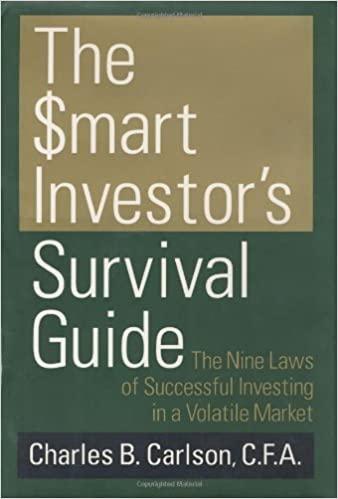Question
Consider the following binomial tree. The numbers in squares are stock prices. The numbers in circles will be option prices (# numbers are the exercise
 Consider the following binomial tree. The numbers in squares are stock prices. The numbers in circles will be option prices (# numbers are the exercise numbers to answer your calculation).
Consider the following binomial tree. The numbers in squares are stock prices. The numbers in circles will be option prices (# numbers are the exercise numbers to answer your calculation).
Today, the stock is at 100 and can go up and down over the next week, and then again up and down from there. We are pricing a call struck at 93.
Use the computed q to sweep back through the tree to fill the call values in circles. For #28 - #30 use the option terms, then for nodes #28 - #30 use the recursive formula: C = q Cu + (1-q) Cd. Ignore interest.
#25 Call Value =
Hint: Here, we are at expiry. The stock price is in the square. The strike price is 93. What is the payoff?
#26 Call Value =
Hint: Here, we are at expiry. The stock price is in the square. The strike price is 93. What is the payoff?
#27 Call Value =
Hint: Here, we are at expiry. The stock price is in the square. The strike price is 93. What is the payoff?
#28 Call Value =
Hint: Here, we are one week prior to expiry. We apply the recursive formula: C = q Cu + (1-q) Cd.
#29 Call Value =
Hint: Here, we are one week prior to expiry. We apply the recursive formula: C = q Cu + (1-q) Cd.
#30 Call Value =
Hint: Here, we are two weeks prior to expiry. We apply the recursive formula: C = q Cu + (1-q) Cd. to the up and down circle values from the middle layer.
120 #25 110 #28 100 100 #26 #30 90 #29 0 #27Step by Step Solution
There are 3 Steps involved in it
Step: 1

Get Instant Access to Expert-Tailored Solutions
See step-by-step solutions with expert insights and AI powered tools for academic success
Step: 2

Step: 3

Ace Your Homework with AI
Get the answers you need in no time with our AI-driven, step-by-step assistance
Get Started


